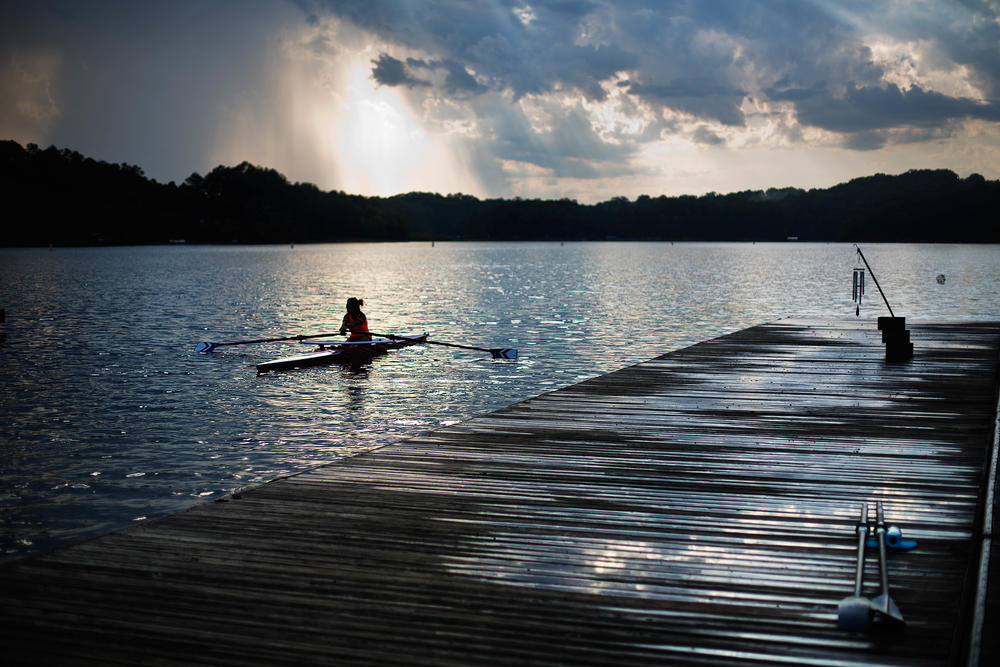Section Branding
Header Content
Higher Algae Levels In Lake Lanier Draw Concern
Primary Content
Last year saw higher algae levels in Lake Lanier and that's concerning environmentalists, but it might be temporary.
GPB's Sophia Saliby explains reports of higher algae levels in Lake Lanier.
Algae levels are an indicator of a lake’s health. It’s part of the natural ecosystem, but too much can grow when nutrients are released during storm runoff from things like fertilizers and industrial pollution.
More algae can impact water quality and harm plants and animals in the lake.
The state began measuring chlorophyll levels in Lake Lanier 20 years ago to monitor algae growth.
In 2019, data showed the highest levels since records began.
Jason Ulseth is the Chattahoochee River Keeper. He said while people shouldn’t hesitate to swim or boat on the lake, the recent data is a red flag.
"It’s still meets all of those uses and state has millions of people that visit it every year, but the data is showing us that it’s a warning level," he said.
Chlorophyll levels have exceeded certain state water quality standards the past two years.
But the increase could be temporary.
Heavy rain in 2018 may have increased runoff meaning more food for the algae and higher levels of chlorophyll last year.
That’s according to Elizabeth Booth with the Georgia Environmental Protection Division.
"I’m hoping the nutrients have gotten used up, and we’ll start seeing that decline again," she said.
Booth hopes this year’s algae comes down to more normal levels.
The EPD starts testing for chlorophyll in April.

